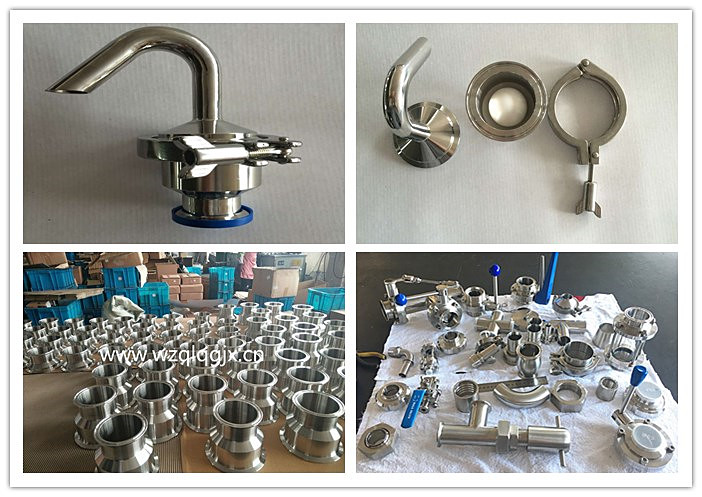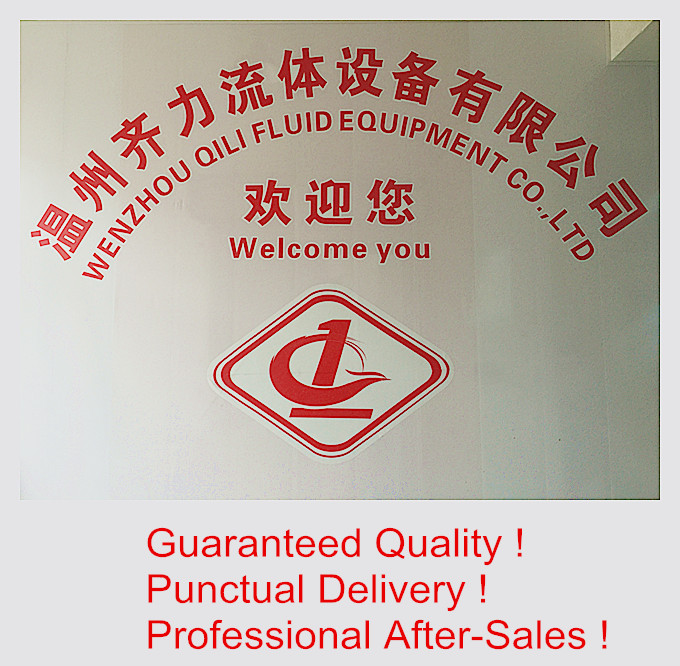
Privacy statement: Your privacy is very important to Us. Our company promises not to disclose your personal information to any external company with out your explicit permission.
Stainless steel check valve uses and features

Stainless steel check valve is actually a kind of stainless steel as the material of the check valve, the check valve is by pipeline medium itself, the flow of force generated automatically open and close the automatic valve, stainless steel check valve with a natural back Valve all the product features, the main role is to prevent pipeline backflow of media. Here's the use of stainless steel check valve, the characteristics of the following: stainless steel check valve can also be used to provide pressure to the auxiliary system may rise above the pressure on the main system to provide supply pipeline. Check valve according to the different materials, can be applied to a variety of media on the pipeline. Check valve installed in the pipeline, that is, become the fluid components of the complete pipeline, its valve opening and closing process will be affected by the transient state of the system in which it is affected; in turn, the valve closing characteristics and Occurrence of fluid flow on the state of action. Stainless steel check valve work is characterized by large load changes, opening and closing frequency is small, put into a closed or open state, the application cycle is very long, and does not require movement of moving parts. But once the "switch" requirement, you must be flexible, this requirement is more demanding than the more mechanical movement. Since the check valve is qualitatively determined to be used for quick closing in most practical applications, the medium flows in the direction of the moment the check valve is closed. With the closure of the valve flap, the medium rapidly falls down from the maximum backflow speed to Zero, while the pressure is rapidly rising, that is, may have a damaging effect on the piping system "water hammer" phenomenon. For multiple high-pressure pipeline parallel pump system, check valve water hammer problem is more prominent. Water hammer is a kind of pressure wave in the transient flow in the pressure pipeline, which is the hydraulic impact phenomenon that the pressure rises or falls due to the change of the fluid velocity in the pressure pipeline. The physical reason for its production is the result of the incompressibility of the fluid, the inertial of the fluid and the elasticity of the pipeline. In order to prevent water hammer hidden in the pipeline, over the years, people in the design of the check valve, using a number of new structures, new materials, to ensure the applicable performance of the check valve at the same time, the impact of water hammer to a minimum Has made encouraging progress. Check valve is to rely on the flow of the media itself and automatically open and close the valve flap, used to prevent the media back to the valve, also known as check valve, check valve, counterflow valve, and back pressure valve.
Wenzhou Qili Fluid Equipment CO.,LTD can supply :
Sanitary Butterfly Valve, Sanitary Check Valve and Diaphragm Valves, as well as Various Tank Accessories: Sight Glass, Strainers/Filter, Cleaning Ball, And other Pipe Fittings, (Pipe Unions: SMS, DIN, IDF, RJT, 3A,DS; Fittings: Ferrule,Elbow, Tee, Reducer and all other Non-standrad fittings), each products are tested well by our strictly Quality
Control System, and we also have excellent service to support you and promote your business.
Miss Cherry Emails: qlsales13@wzqlqgjx.cn

Author:
Ms. Amber
Phone/WhatsApp:
Mail an Lieferanten
Author:
Ms. Amber
Phone/WhatsApp:
June 27, 2018

Privacy statement: Your privacy is very important to Us. Our company promises not to disclose your personal information to any external company with out your explicit permission.

Fill in more information so that we can get in touch with you faster
Privacy statement: Your privacy is very important to Us. Our company promises not to disclose your personal information to any external company with out your explicit permission.